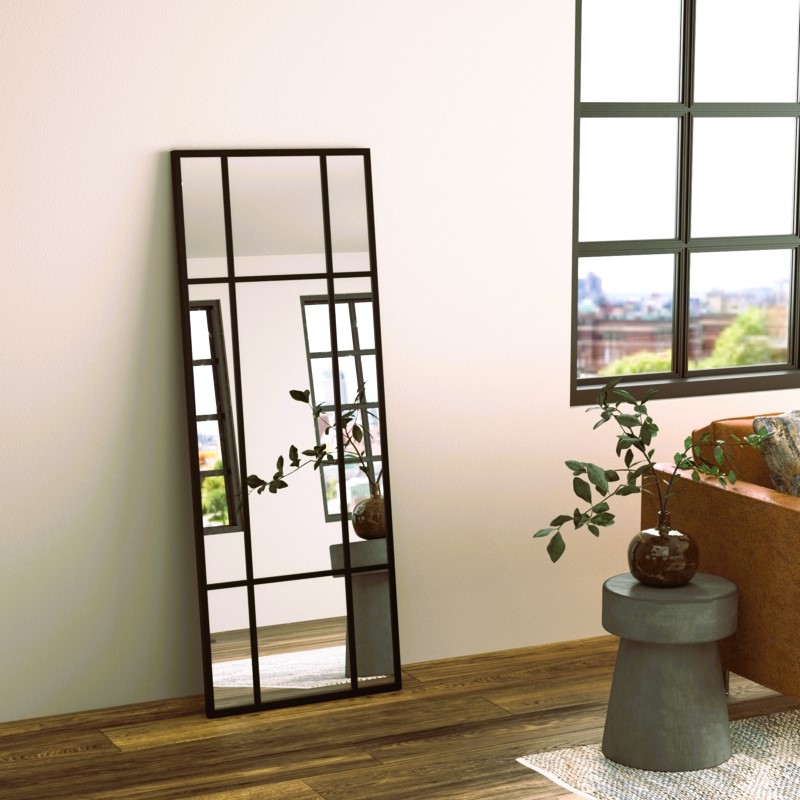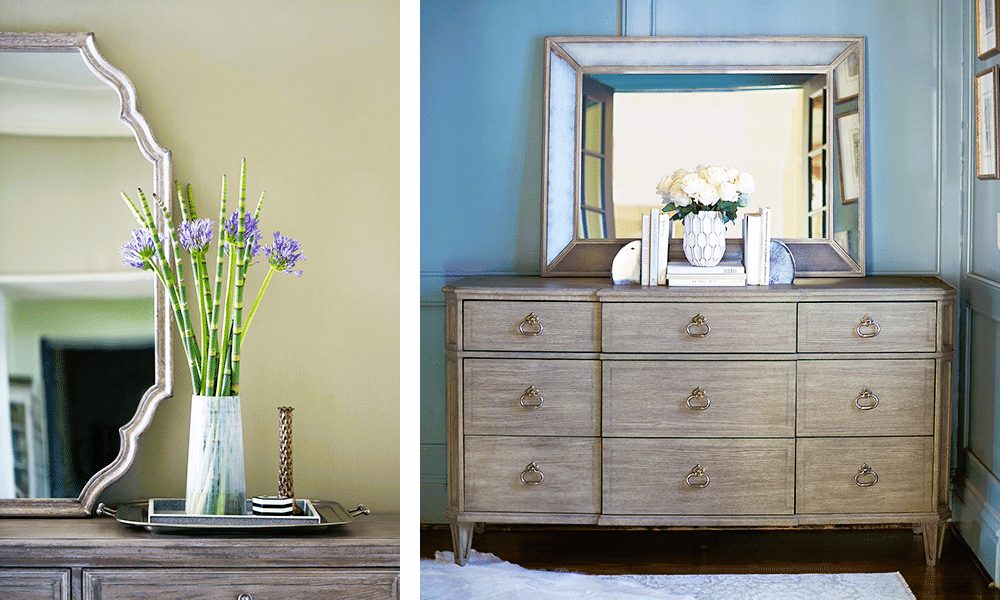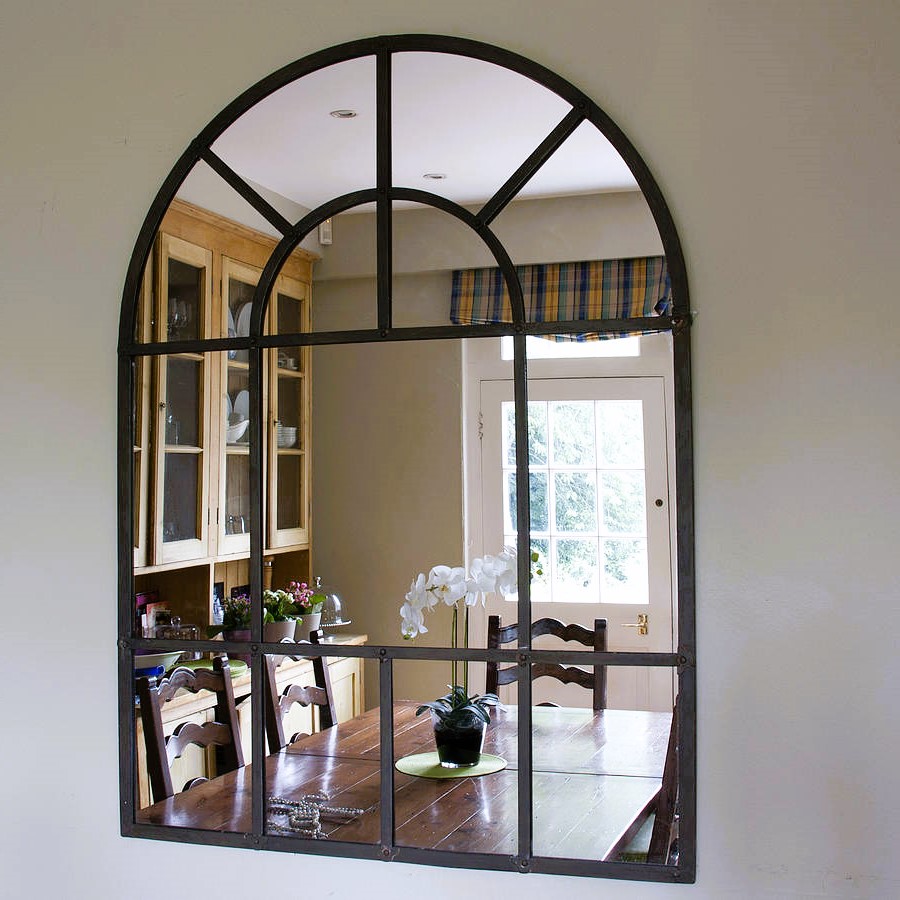Mirrors have long been celebrated for their ability to transform spaces, add depth, and create visual interest. Beyond their practical use for checking appearances, mirrors can be strategically placed to mimic the effect of windows, infusing interiors with elegance and a sense of openness. This article explores the art of using mirrors to achieve window-like elegance, offering insights into placement, sizes, and styles that elevate interior design.
Mirrors as Faux Windows: Expanding Visual Space
In interior design, the use of mirrors to simulate windows is a technique that holds timeless appeal. Mirrors reflect both natural and artificial light, making a room appear brighter and more spacious. Placing mirrors on walls opposite actual windows allows them to capture and amplify natural light, creating the illusion of an additional light source.
Strategically positioned mirrors can also create the impression of a second window, enhancing the room’s architectural features. For instance, in a room with a single window, placing a mirror on an adjacent wall can visually double the window’s impact, making the space feel more open and inviting.
Choosing the Right Mirror Sizes

The size of the mirror plays a crucial role in achieving the desired effect. Larger mirrors have a more dramatic impact on the perception of space, particularly in smaller rooms. When aiming for window-like elegance, consider mirrors that are proportionate to the wall they’ll be placed on. Oversized mirrors that stretch from floor to ceiling can simulate the grandeur of a full-length window.
In rooms with lower ceilings, vertical mirrors can draw the eye upwards, creating a sense of height. Similarly, horizontal mirrors can widen the room’s appearance, making them ideal for spaces with limited width. The versatility of transom windows, see our design ideas.
Frame Styles: Elevating Aesthetics
The frame of a mirror is more than just a functional element; it’s an opportunity to enhance the overall style of the room. When mimicking windows, choose frames that complement the existing décor. For a classic and timeless look, ornate frames with intricate detailing can evoke the elegance of traditional windows.
On the other hand, sleek and minimalist frames align with modern interiors, enhancing the room’s contemporary vibe. Frames can be made of various materials, from wood and metal to resin and even decorative fabrics, allowing for a wide range of customization options.
Creating Focal Points: Mirror Groupings
While individual mirrors can simulate windows, creating mirror groupings can amplify the effect and add an artistic touch. Arranging mirrors in a grid pattern can evoke the feeling of a stylish windowpane. Circular mirrors grouped together can emulate the look of a round window, introducing a unique architectural element.
For a more eclectic aesthetic, combining mirrors of different shapes and sizes can result in a visually dynamic composition. This approach not only replicates the charm of diverse window arrangements but also adds a sense of creativity to the design.
Standards and Considerations

When incorporating mirrors into interior design, it’s important to consider safety and quality. Mirrors should be properly secured to walls to prevent accidents. Quality standards for mirrors are outlined by organizations such as the International Organization for Standardization (ISO) and the American National Standards Institute (ANSI).
For in-depth insights into mirror standards and manufacturing processes, resources like Wikipedia offer comprehensive information. Additionally, Canada’s official website for standards and regulations (canada.ca) provides valuable resources on safety standards for home furnishings and interior elements.
Conclusion: Windows of Imagination
Mirrors, when used thoughtfully, can transcend their functional purpose and become windows of imagination within interior spaces. By strategically placing mirrors to capture light, mimic architectural features, and create visual illusions, homeowners and designers can add a touch of elegance and spaciousness to any room. The art of using mirrors for window-like elegance allows for creative expression while enhancing the overall aesthetics and ambiance of living spaces.
Incorporating mirrors in ways that simulate windows is an invitation to see beyond walls and embrace the beauty of expanded horizons right within the confines of one’s home.
Reference: Wikipedia – Mirrors

